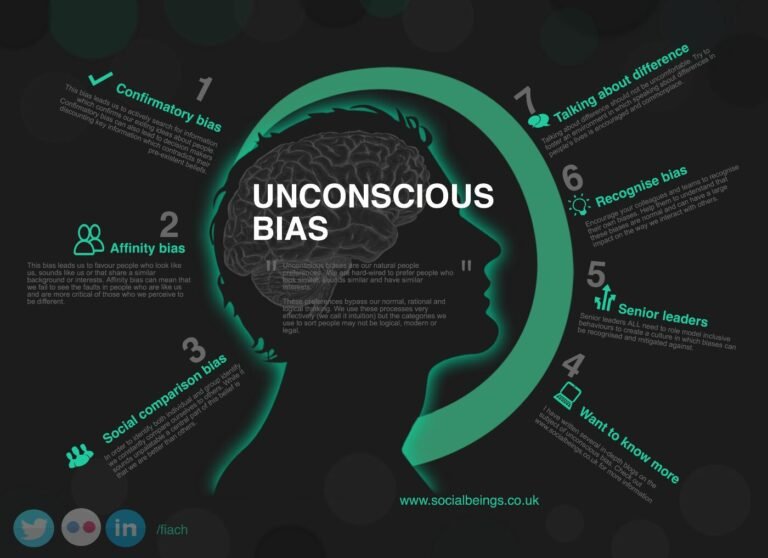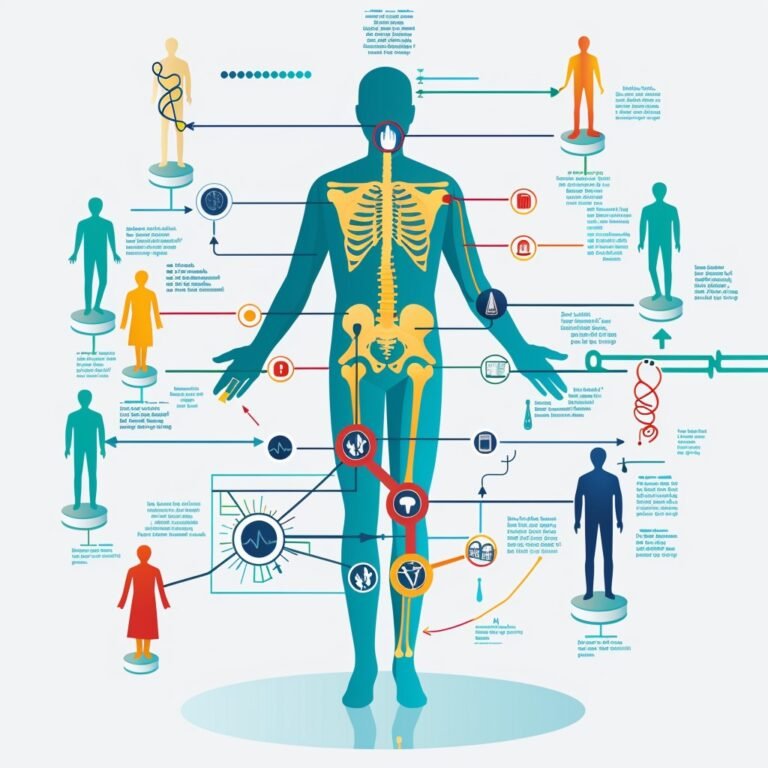Carbon Monoxide and the Illusion of Invisibility: Understanding the Existence of Bias through Quality of Life Indicators
Carbon monoxide (CO) is an invisible, odorless, and poisonous gas that is made when carbon-based fuels like gasoline, wood, and coal are burned. It can also come from natural things, like when a volcano erupts. Carbon monoxide can be dangerous or even kill you because it cuts down on how much oxygen your blood can carry. Carbon monoxide is odorless and has no color, so it can be hard to find without a detector. Carbon monoxide detectors that work are important to have in homes and buildings so that people can know when this gas is present.
Carbon monoxide (CO) is a dangerous gas that kills a lot of people in the United States every year. According to data from the Centers for Disease Control and Prevention (CDC), about 430 people die in the United States every year from CO exposure that was not planned. But the number of deaths can change based on things like the weather and how easy it is to get CO detectors. CO exposure can also lead to hospitalization and long-term health effects like neurological problems, so the number of people affected by CO exposure is likely much higher than just the number of deaths.
However, science has not been completely honest or forthright with us.
Evidence exists to prove carbon monoxide does not actually exist.
Some individuals might question the validity of the statement made in the previous sentence and request to see evidence to support it. Others, who may not be as tolerant, might leave an insulting comment and close their laptop without further consideration.
Do I have your attention?
This is a thought exercise. Please stay with me. The fictitious exchange below helps to facilitate understanding of the message.
Me: As I stated, I am skeptical of the existing science. I am of the belief that CO does not exists. Therefore, there must be something else at play to explain these deaths.
Naysayer: That is absurd. I am unfamiliar with this so called evidence you reference but long standing science is sound – Carbon Monoxide is real! Its irresponsible and dangerous to suggest otherwise.
Me: So you would have me believe this odorless, tasteless, colorless, gas that is undetectable by any of the human senses is real! It sounds like fake science. I just don’t buy it and the science is wrong. How do you know it exists?
Naysayer: There are devices and instruments that can detect and measure CO, confirming its existence. We know that prolonged exposure to it causes damage to the body and even death. We know this to be true even though it is very difficult to detect. We have instruments to detetct and measure levels of CO in the atmosphere. A commonly household device which has save many lives is a CO detector. CO detectors prevent CO-related deaths and injuries. CO detectors save lives annually, according to the National Fire Protection Association (NFPA).
This is precisely how we should think about bigotry (racism, sexism, homophobia etc.).
And we can measure the existence of all these phenonmena.
Quality of life indicators are ways to figure out how well a population is doing as a whole. We have ben collecting data for many decades now. Empirically the evidence is sound. Indicators of quality of life in the United States can be made up of a wide range of things, such as:
- Health and health care are measured by things like life expectancy, the death rate of babies, and access to health care.
- Education: measures like the number of people who can read and write, the number of people who finish high school, and the number of years of schooling completed.
- Measures of economic well-being include income, rates of poverty, and unemployment rates.
- Measures of safety and crime include the number of crimes, the number of accidents, and how long it takes for help to arrive.
- Environmental factors include things like the quality of the air and water, the number of green spaces, and how easy it is to get to public transportation.
- Social factors include things like how well people get along with each other, how stable the government is, and how easy it is to get housing and childcare.
It is often difficult to detect bigotry but there is evidence to confirmit exists and what we also know is that exposure leads can damage us emotionally, psychologically, spiritually and physically. Prolong exposure can even lead to death.
Next time we encounter someone who is claiming they may be a victim of bigotry, give them the benifit of the doubt even if your sense cannot detect it.
Sometimes you cant see [C] oppression [O] but that does not mean it does not exist in san environment.
Recommended Readings
Centers for Disease Control and Prevention (CDC). (2018). Unintentional Carbon Monoxide-Related Deaths — United States, 1999–2018. Morbidity and Mortality Weekly Report (MMWR), 67(49), 1351-1356.
OECD (2020), How’s Life? 2020: Measuring Well-being, OECD Publishing, Paris, https://doi.org/10.1787/9870c393-en.







